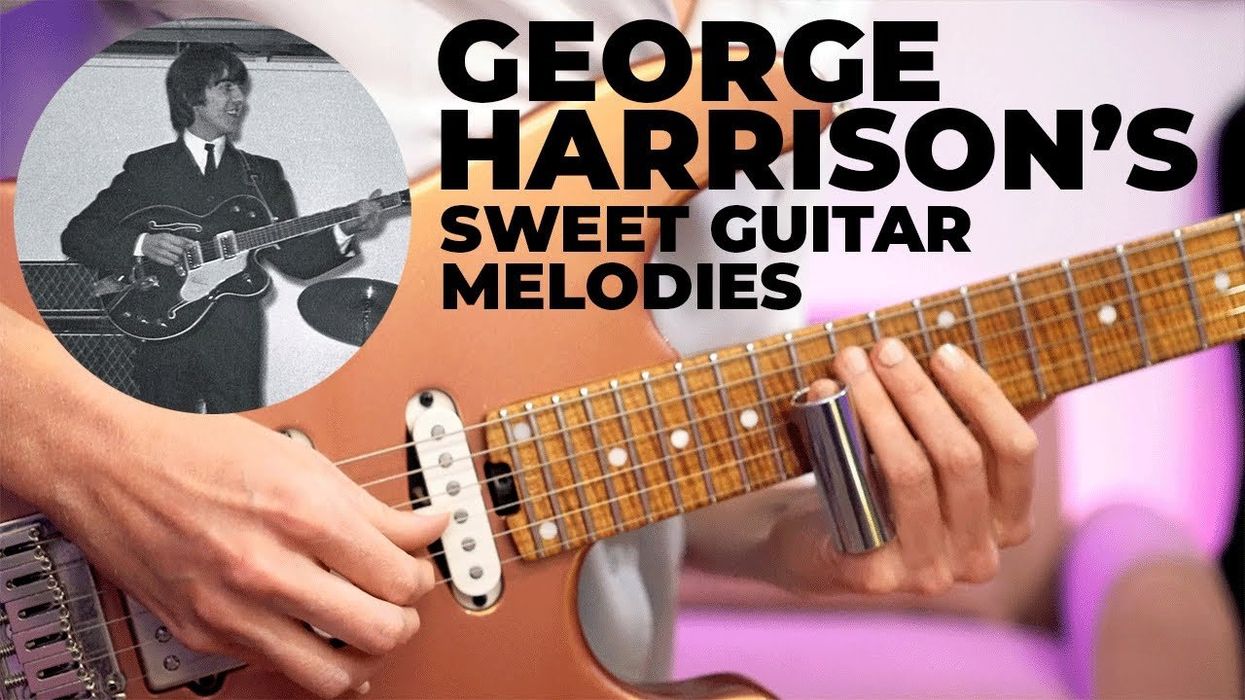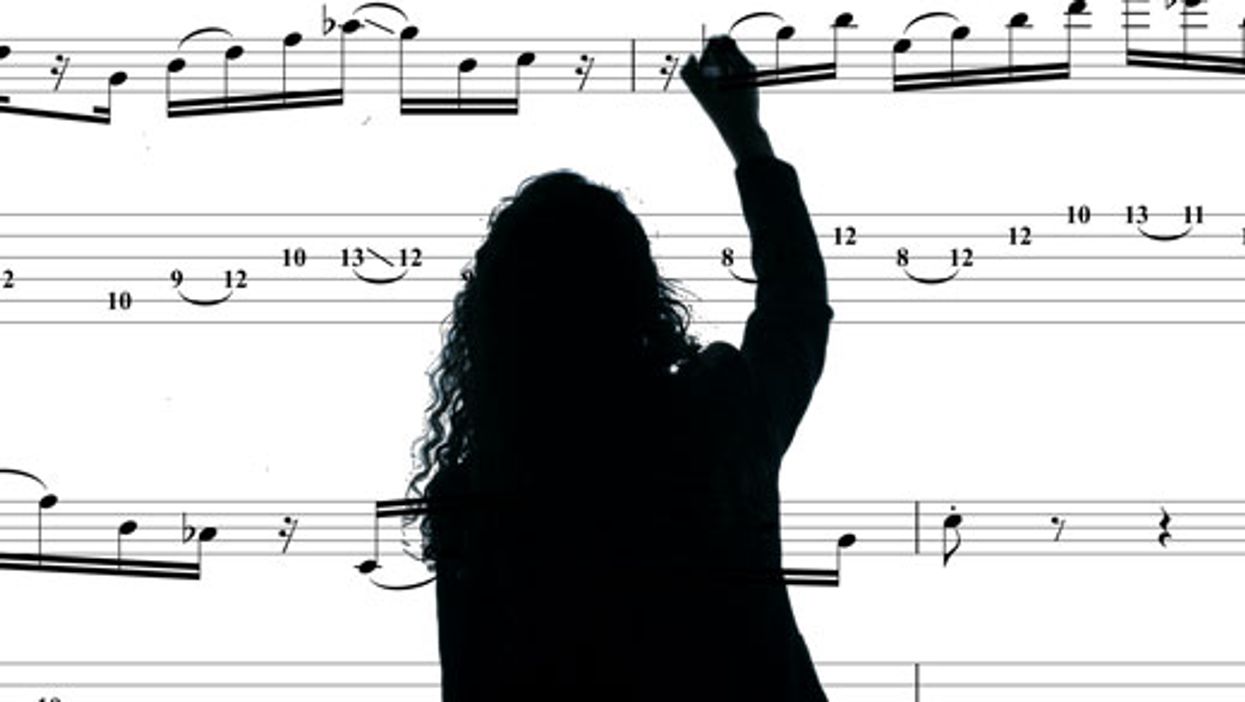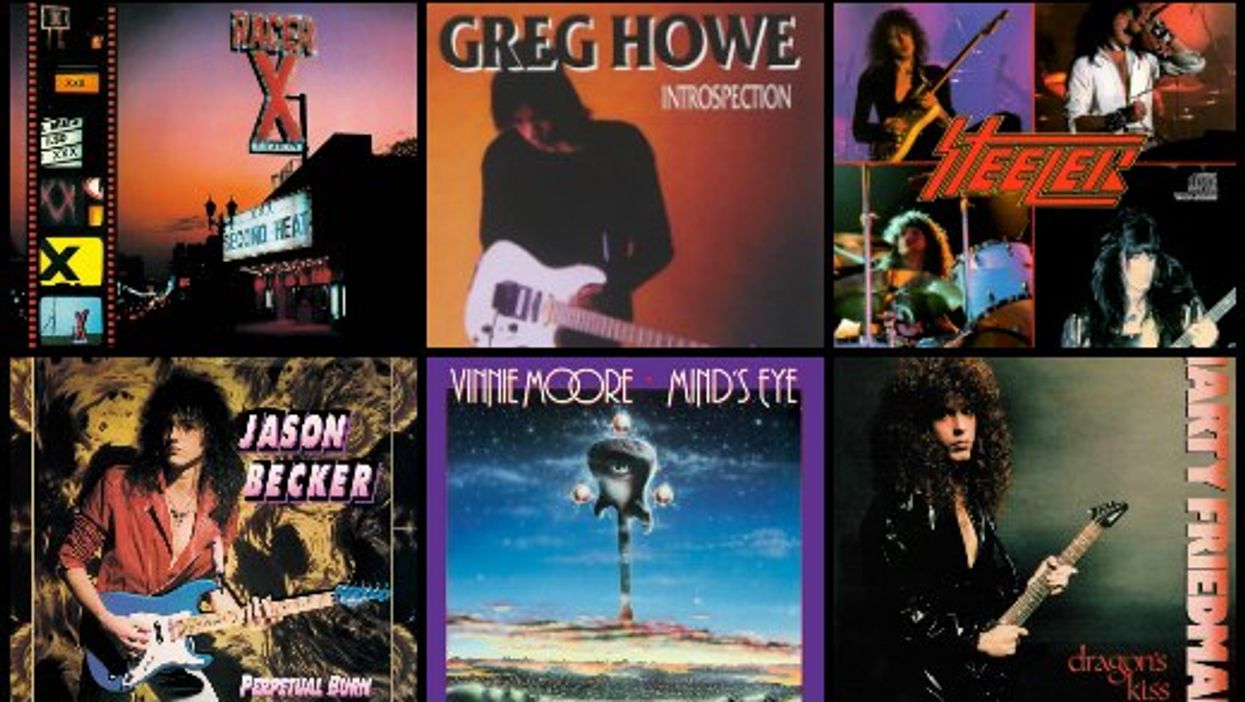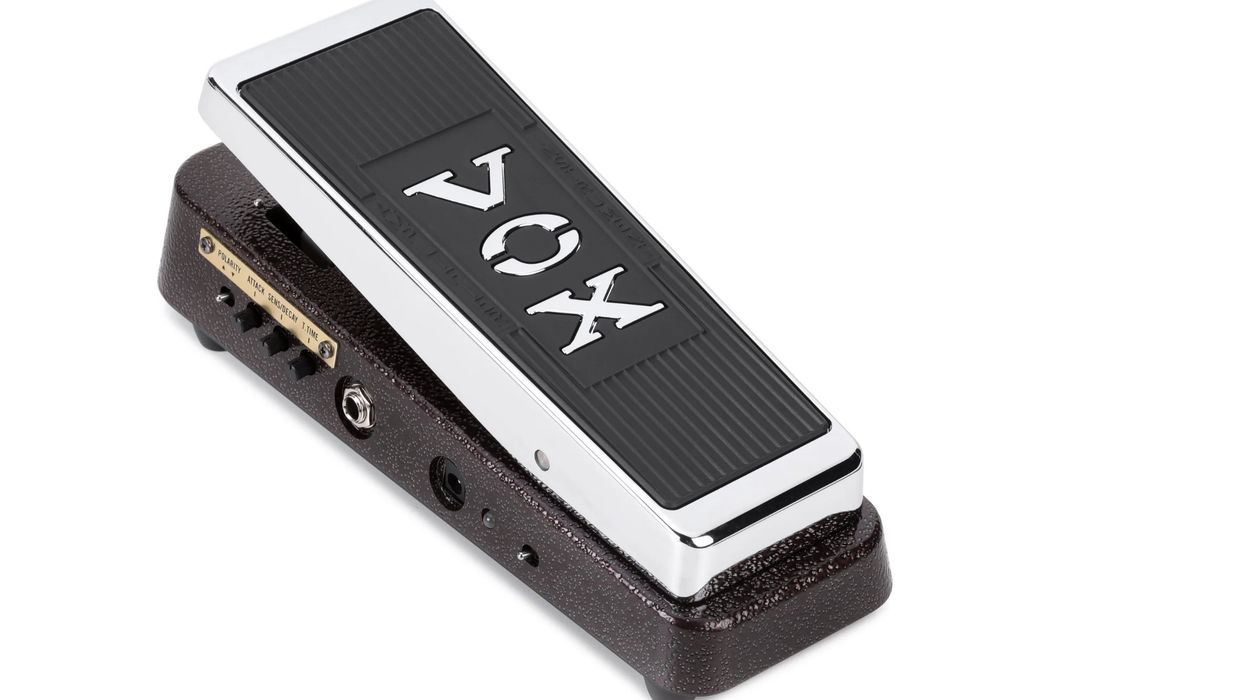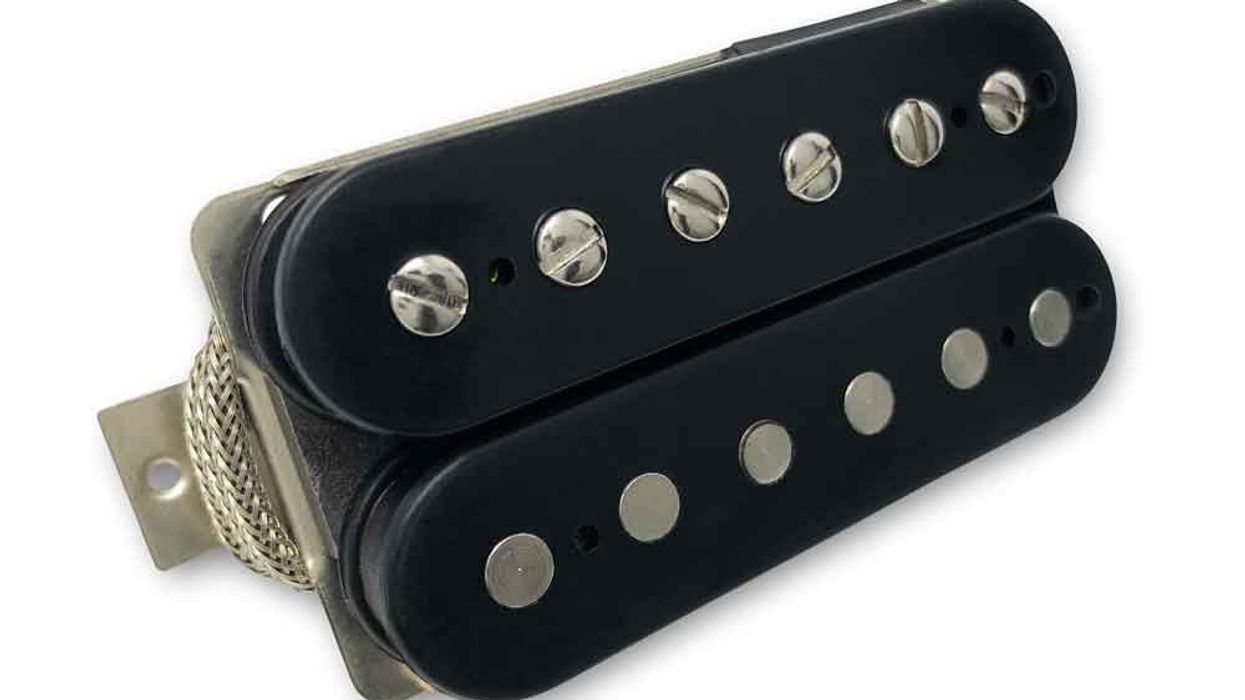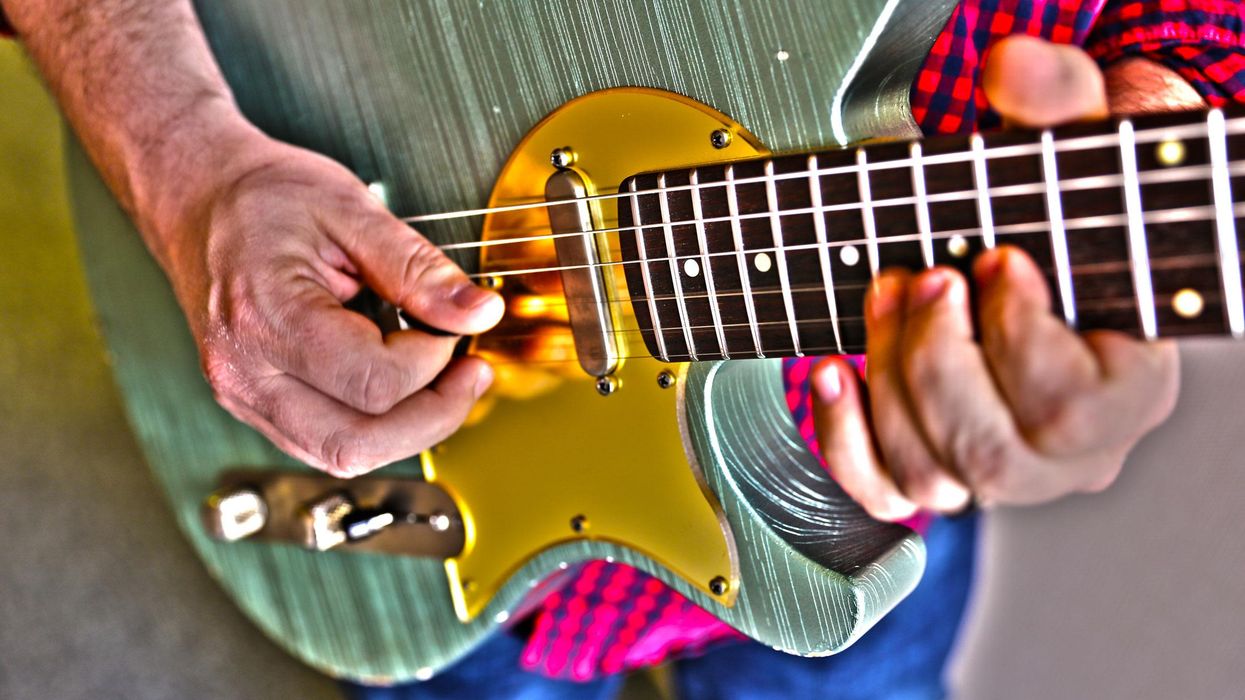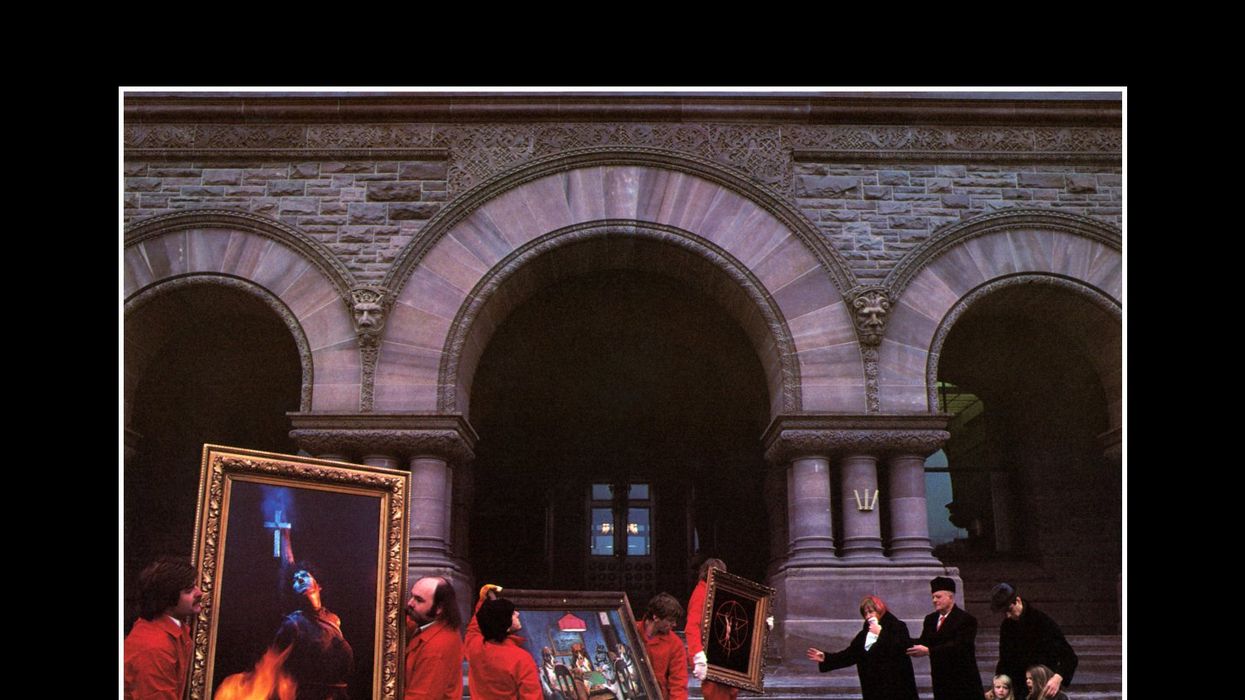| The Series Part 1 Part 2 Part 3 |
Example 1
This first example is in the F# Ionian scale (F#, G#, A#, B, C#, D#, E#). This modal line kicks off with a little string skipping in the first bar and then an F# major, two-string arpeggio after a one-string triplet pattern. The line winds down in Bar 3 with a descending F# major 7th arpeggio (F#, A#, C#, E#).
Listen |  |
Example 2
This one is from the E Dorian scale (E, F#, G, A, B, C#, D) and it moves down the neck very quickly. The whole first bar is played using all legato, then the rest is alternate-picked with some quick slides. This one sounds cool with a lot of gain and can be used in many situations.
Listen |  |
Example 3
Here is a line from the A Phrygian scale (A, Bb, C, D, E, F, G). The first bar makes a great picking exercise, so be sure to keep repeating it over and over until it is precise, and don't play it fast until both hands are in sync. Be sure to crank up the distortion for this one.
Listen |  |
Example 4
Now let’s move on to the C Lydian scale (C, D, E, F#, G, A, B). This line uses some patterns that move in two octaves that incorporate the #4 to give it the Lydian flavor. You may notice some similarities with the one-string line in the first example, but this one uses straight 16th notes instead of 16th note triplets.
Listen |  |
That does if for this month—be sure to make up your own lines and experiment. Visit mikecampese.com to see how I incorporate these ideas into my own music.


